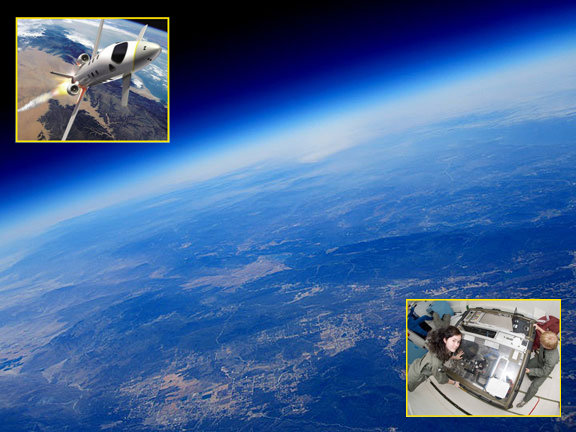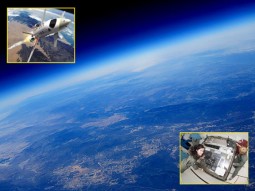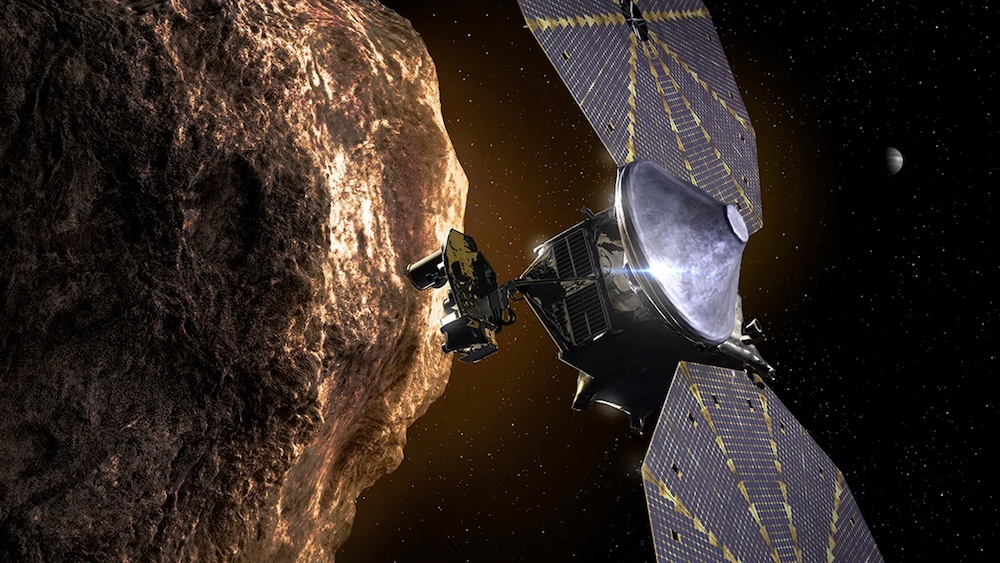
Our guest today is Dr. Simone Marchi, Institute Scientist in the Solar System Science & Exploration Division at the Boulder office of Southwest Research Institute. Dr. Marchi is the Deputy Principal Investigator for NASA’s Lucy mission. Lucy will be the first space mission to explore a population of small bodies known as the Trojan asteroids, which orbit out at the distance of Jupiter. Lucy has two “practice” flybys of main belt asteroids: Dinkinesh in November 2023, and Donaldjohanson coming up in just a few days on April 20, 2025.
Producer and Host: Joel Parker
Listen to the show:
Podcast: Play in new window | Download (Duration: 26:58 — 37.0MB)
Subscribe: RSS




 n today’s first feature, we hear about
n today’s first feature, we hear about 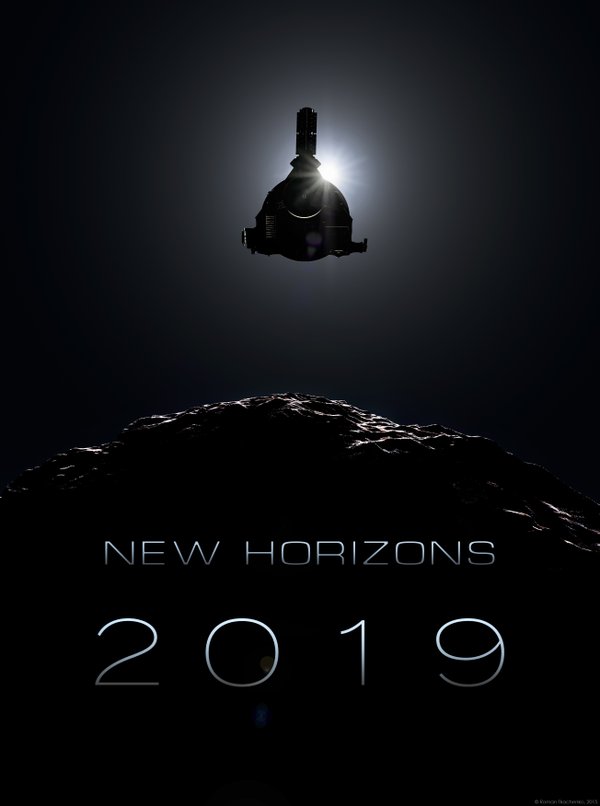 Our second spacey feature is about a mission that you might describe as exploring “beyond the beyond”. The piano-sized, nuclear-powered
Our second spacey feature is about a mission that you might describe as exploring “beyond the beyond”. The piano-sized, nuclear-powered 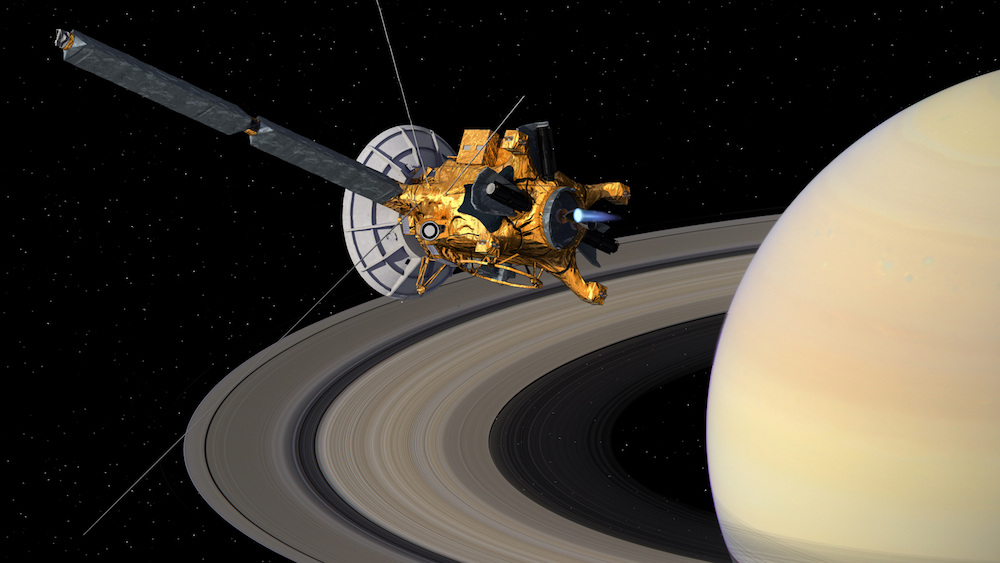
 The
The 

